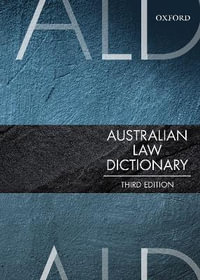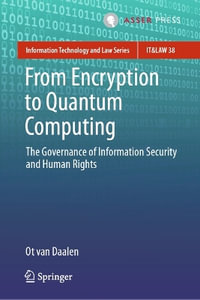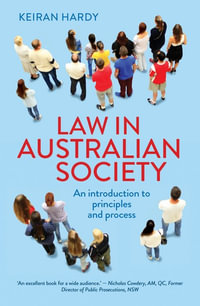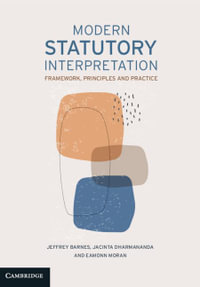
The Rule of Law in Crisis and Conflict Grey Zones
Regulating the Use of Force in a Global Information Environment
Paperback | 4 September 2018
At a Glance
Paperback
RRP $92.99
$72.75
22%OFF
Aims to ship in 7 to 10 business days
ISBN: 9780367025106
ISBN-10: 0367025108
Published: 4th September 2018
Format: Paperback
Language: English
Number of Pages: 350
Audience: College, Tertiary and University
Publisher: Taylor & Francis Ltd
Country of Publication: GB
Dimensions (cm): 23.39 x 15.6 x 1.85
Weight (kg): 0.49
Shipping
| Standard Shipping | Express Shipping | |
|---|---|---|
| Metro postcodes: | $9.99 | $14.95 |
| Regional postcodes: | $9.99 | $14.95 |
| Rural postcodes: | $9.99 | $14.95 |
How to return your order
At Booktopia, we offer hassle-free returns in accordance with our returns policy. If you wish to return an item, please get in touch with Booktopia Customer Care.
Additional postage charges may be applicable.
Defective items
If there is a problem with any of the items received for your order then the Booktopia Customer Care team is ready to assist you.
For more info please visit our Help Centre.
You Can Find This Book In
This product is categorised by
- Non-FictionLawInternational LawPublic International LawInternational Human Rights Law
- Non-FictionReference, Information & Interdisciplinary SubjectsInterdisciplinary StudiesPeace Studies & Conflict Resolution
- Non-FictionPolitics & GovernmentPolitical ActivismArmed Conflicts
- Non-FictionLawJurisprudence & General Issues
- Non-FictionLawLaws of Specific JurisdictionsConstitutional & Administrative LawHuman Rights & Civil Liberties Law
- Non-FictionPolitics & GovernmentPolitical Control & FreedomsHuman Rights























